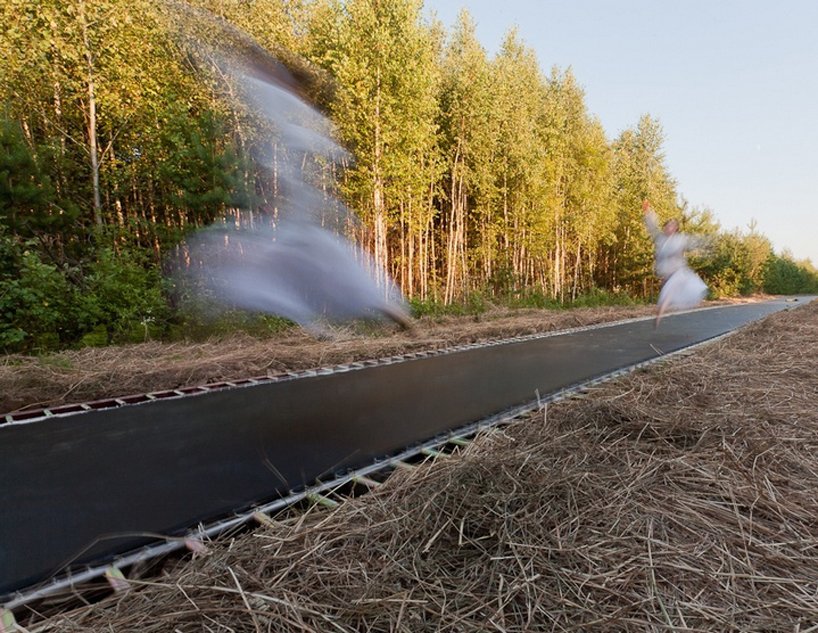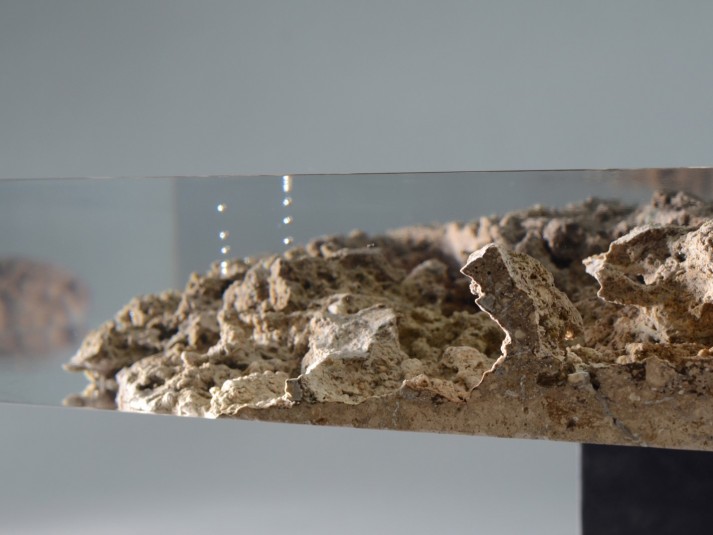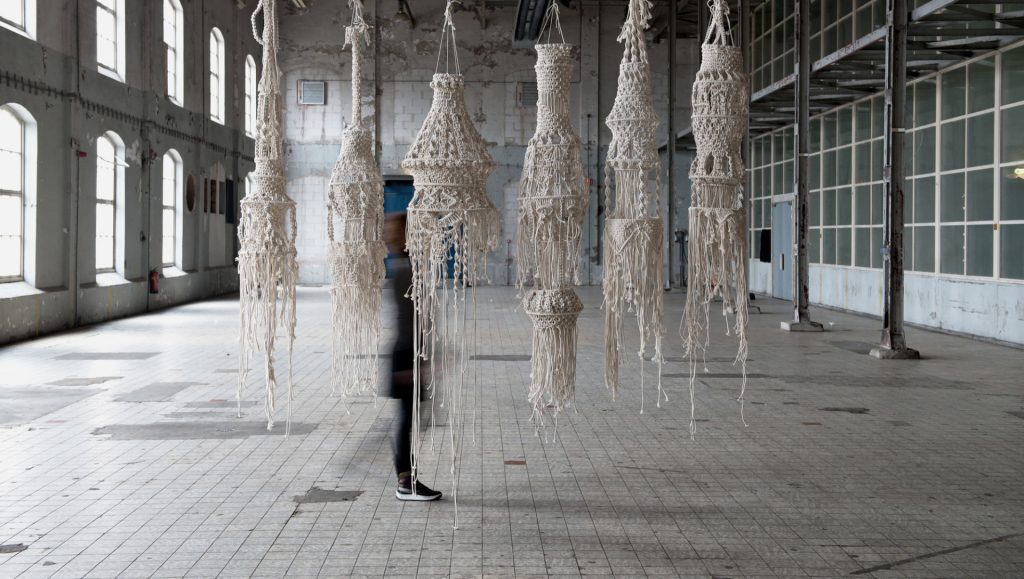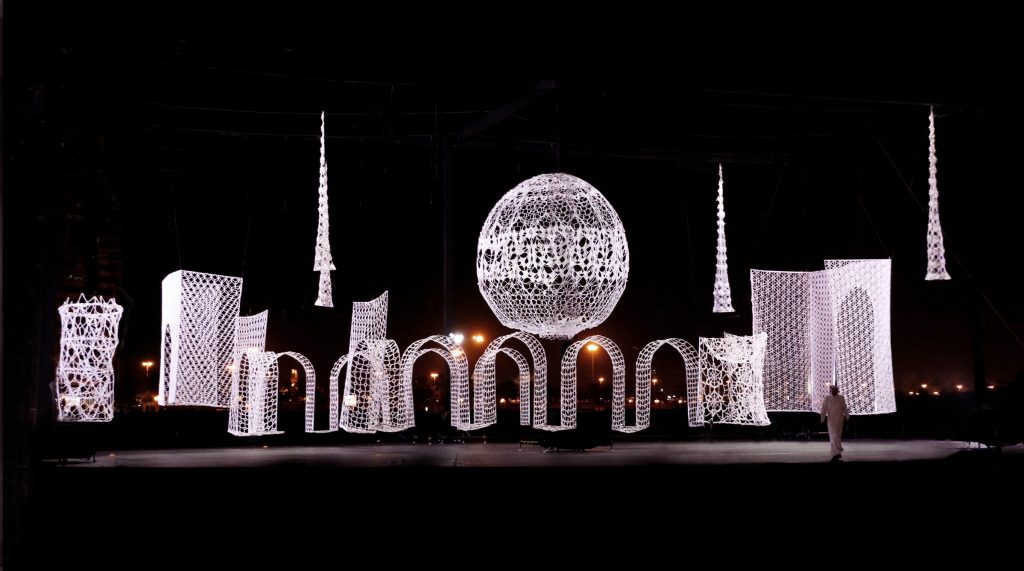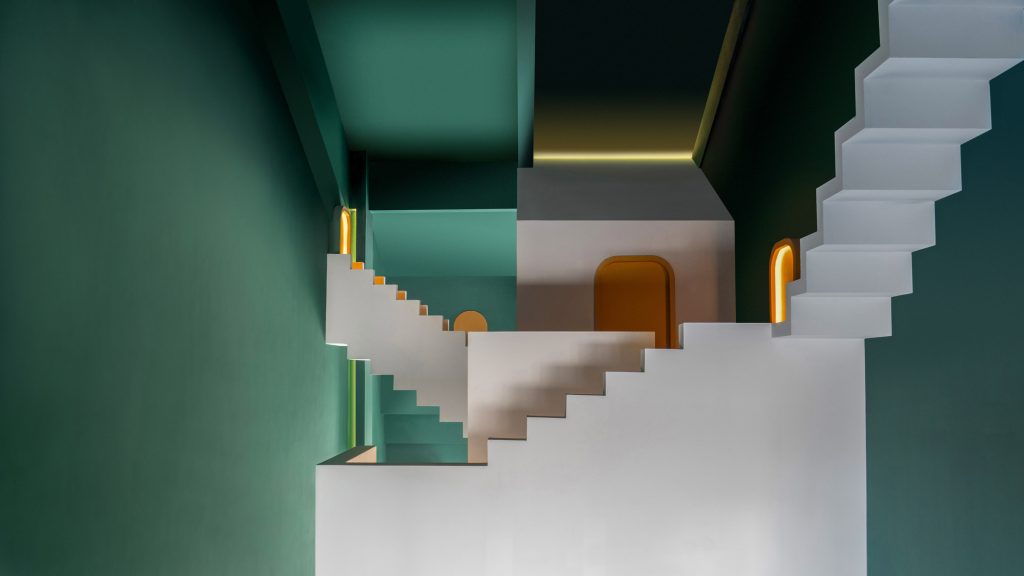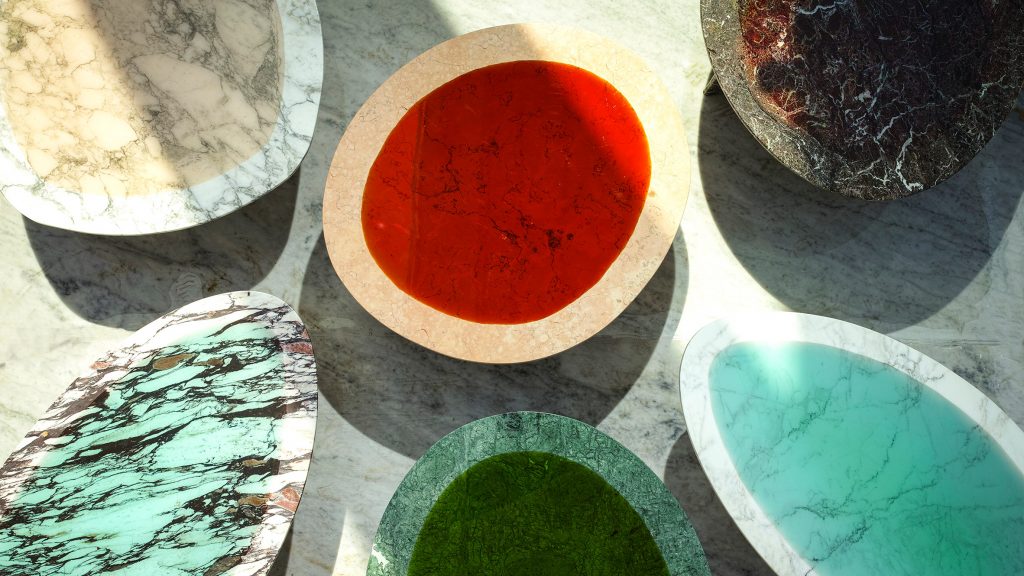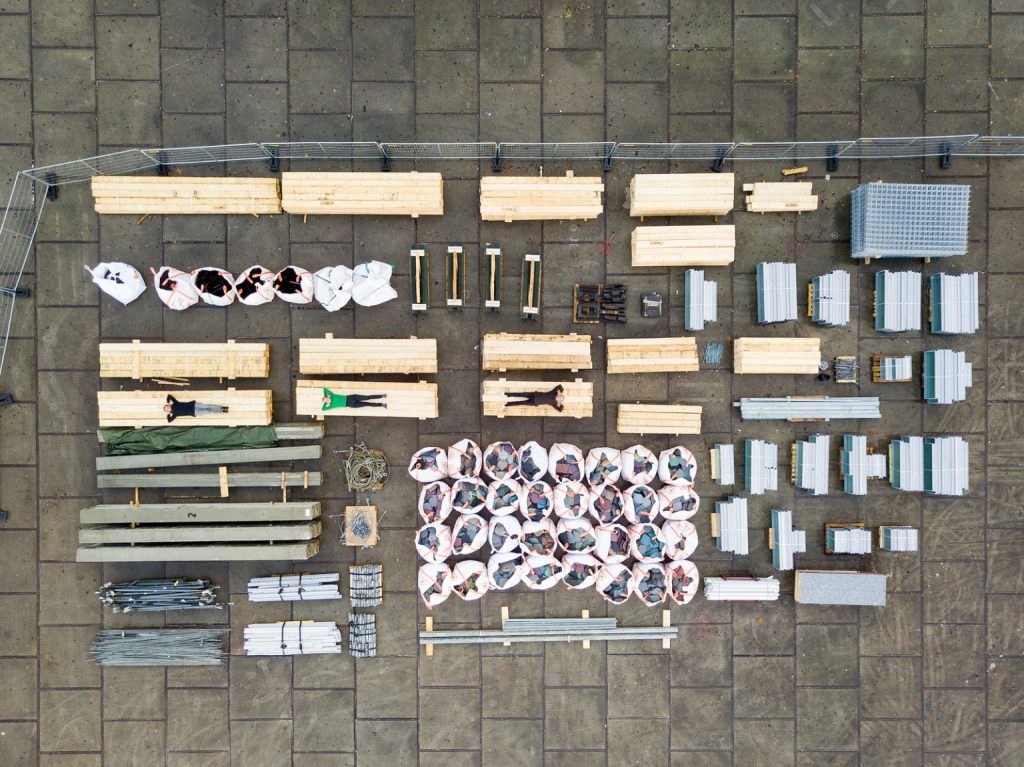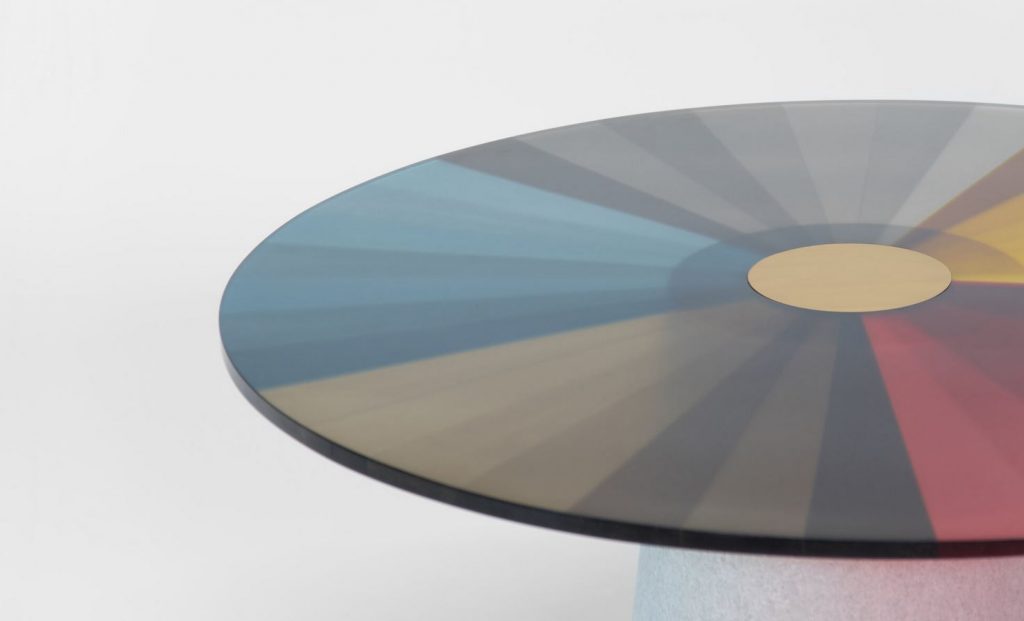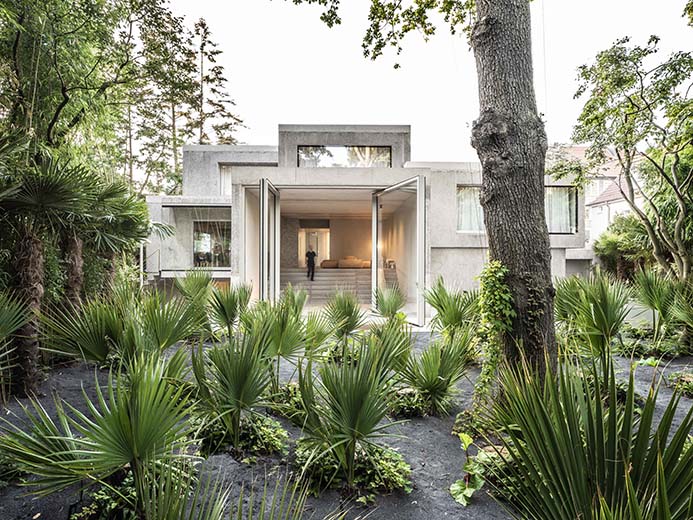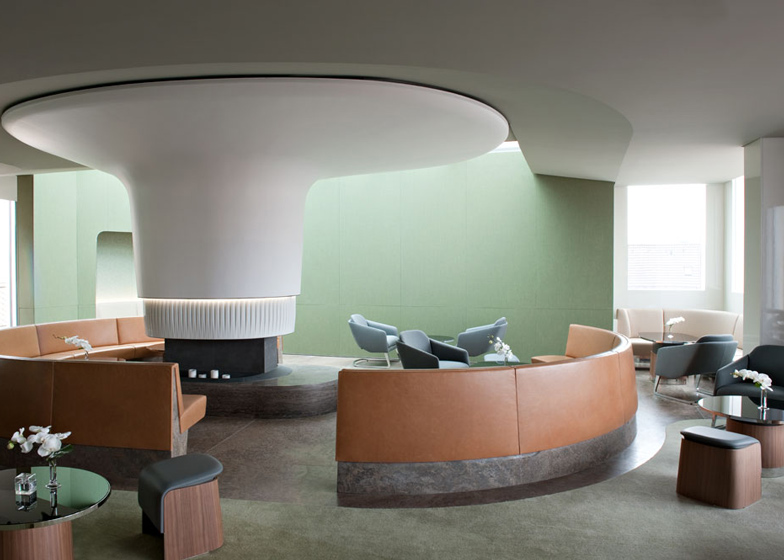Rebounding craze of the early 1980s is long gone, but there is still an ongoing debate about the health benefits trampoline can offer. While pro-bouncers cite the NASA research showing that physical output was greater from jumping on a trampoline than running, others claim that rebound exercise is aerobically mild. Whoever is right, the fact is true that although a trampoline looks like a toy, it comprises a gravity-generating device and offers a mood-boosting experience. That is probably why designers readily include this bouncing gear into their projects.
